The plan is to animate a suspended small die-cast airplane model above a digital surface of moving satellite maps. Moving the ground under the aircraft should give the impression the aircraft is moving. Animating the aircraft should add to the realism too.
Goals
- Interactive Flight Playback
- Follow flights around me in real-time
- Replay famous old flights in fast-time
- Rotate the aircraft attitudes
- Pitch
- Yaw
- Roll
- Visualize aircraft's location on earth
- Latitude / Longitude
- Altitude
- Bearing
- Horizontal / Vertical Speed
- Compact design
- Something that can fit on a desk!
 Chris Gervang
Chris Gervang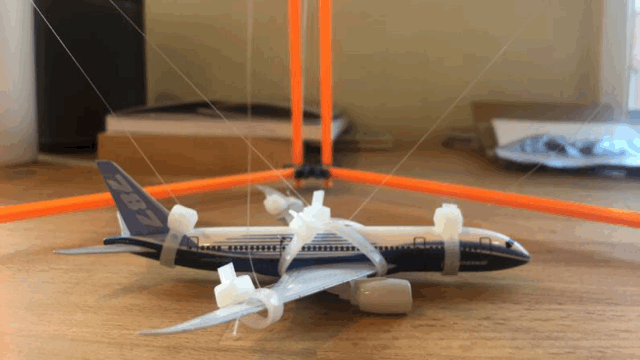


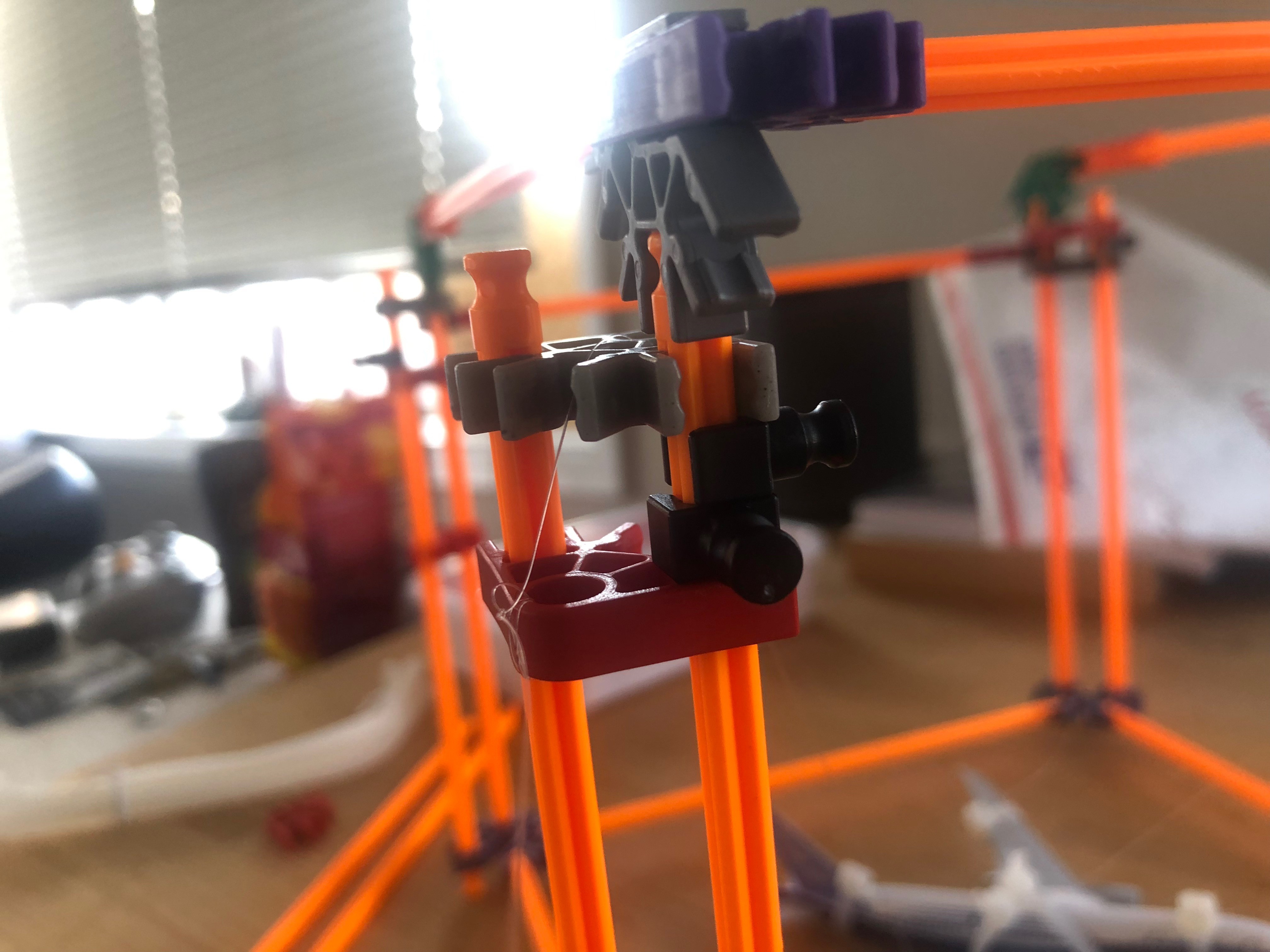



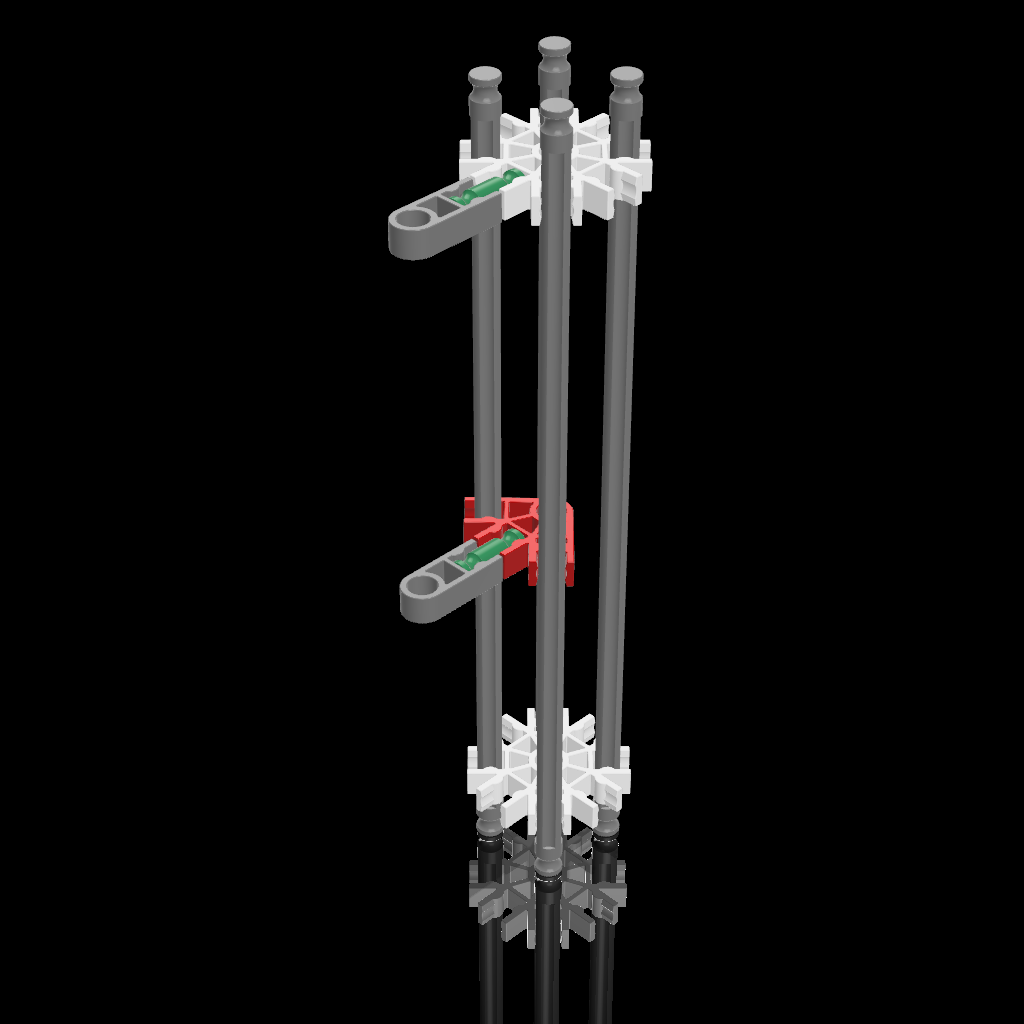
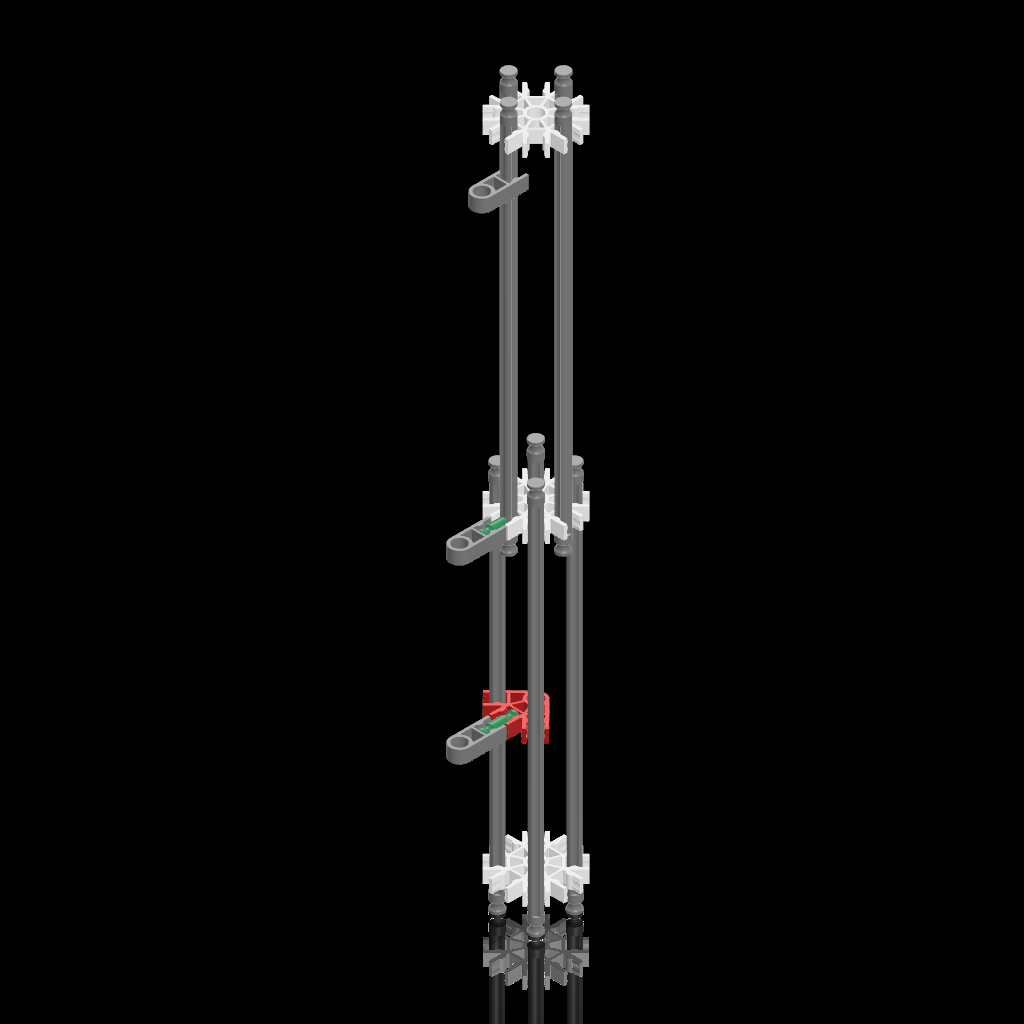

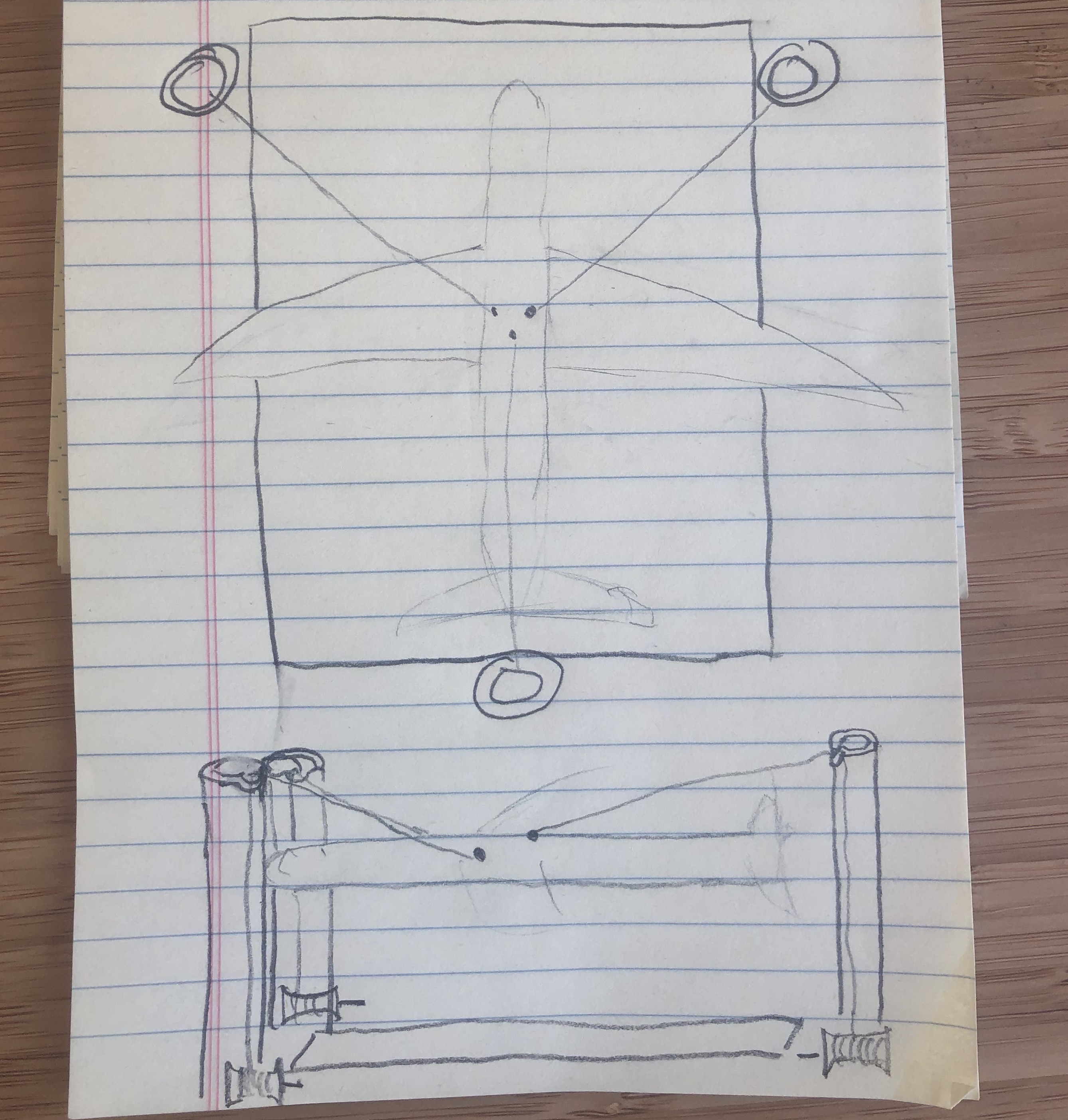


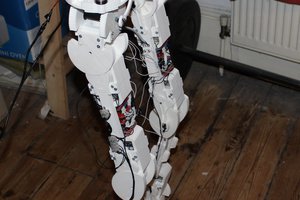
 Dan DWRobotics
Dan DWRobotics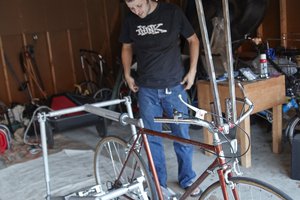
 Joseph Prosnitz
Joseph Prosnitz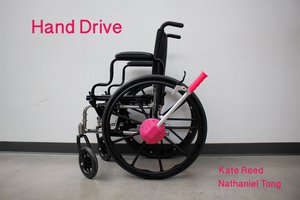
 Kate Reed
Kate Reed
 Bree Hoffman
Bree Hoffman